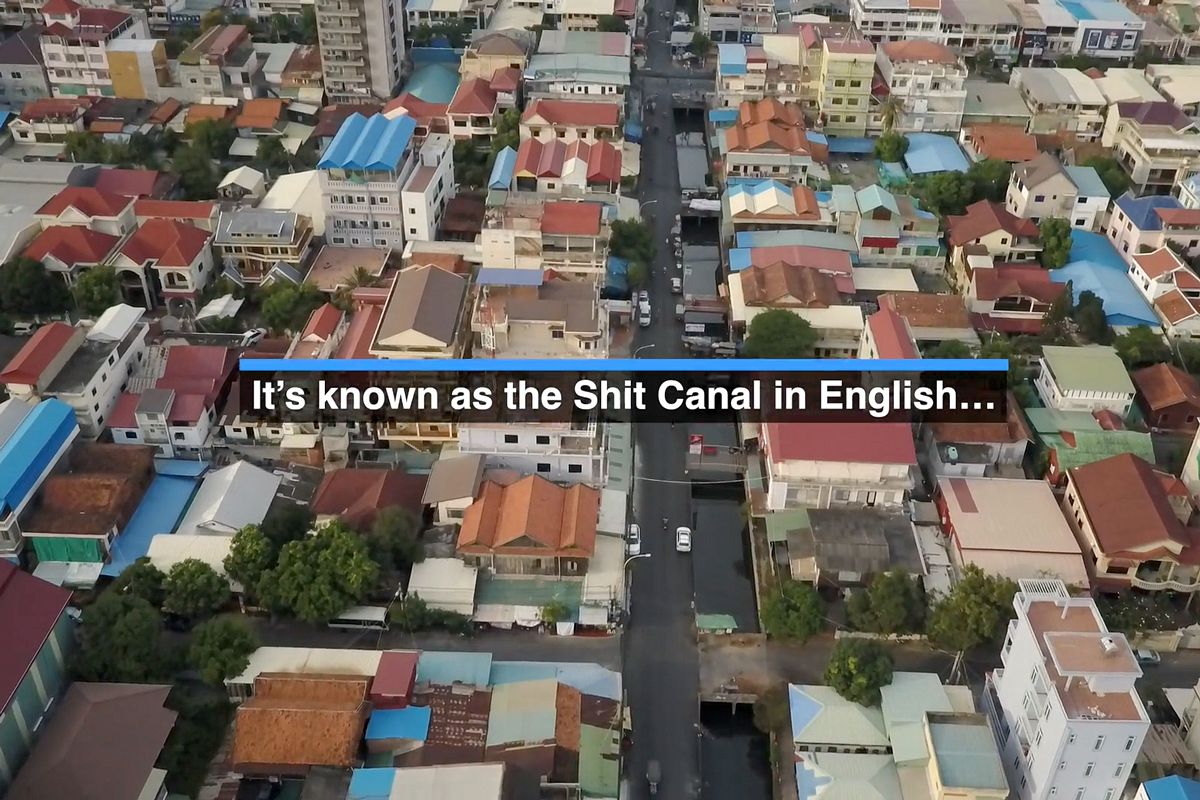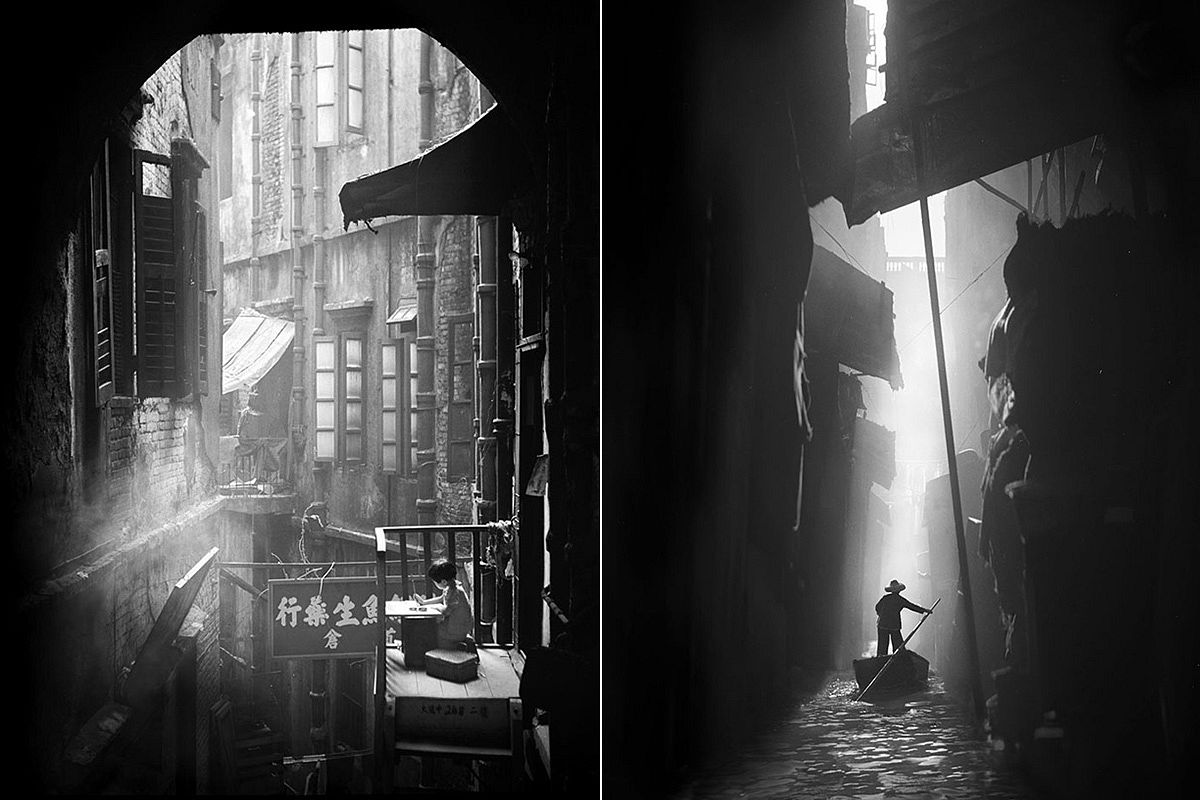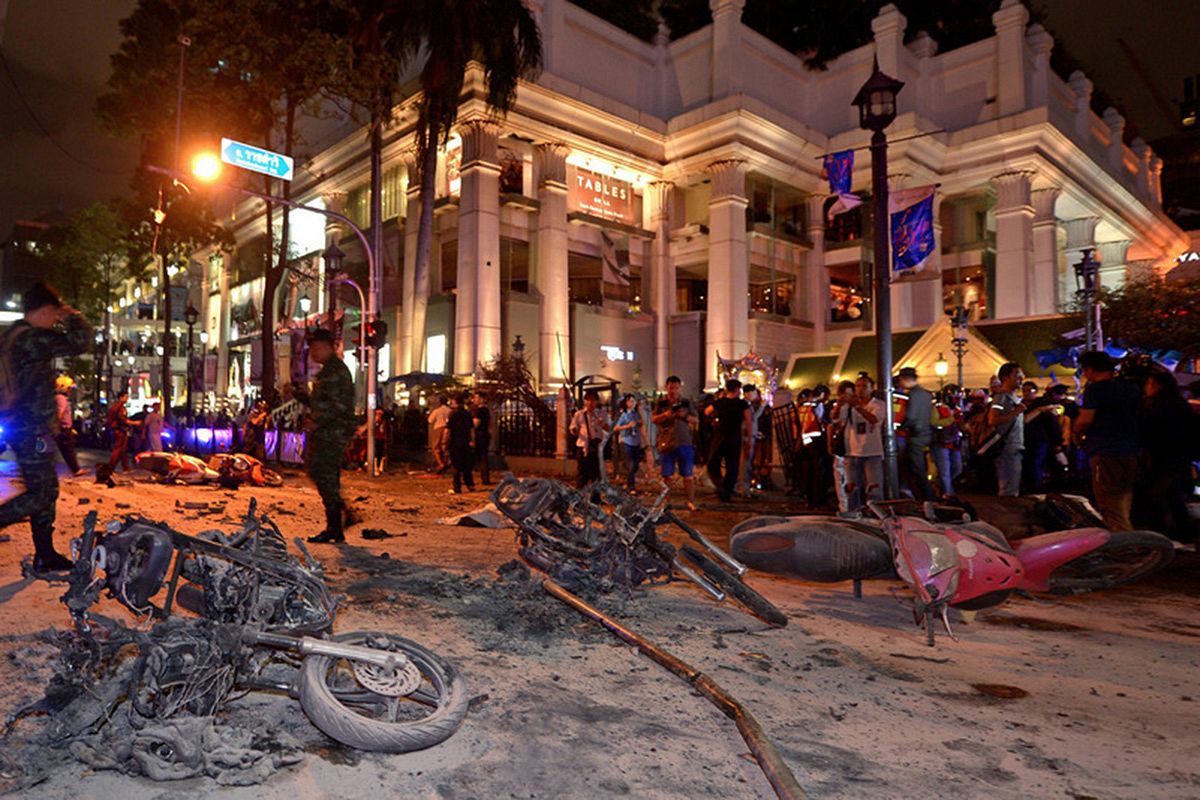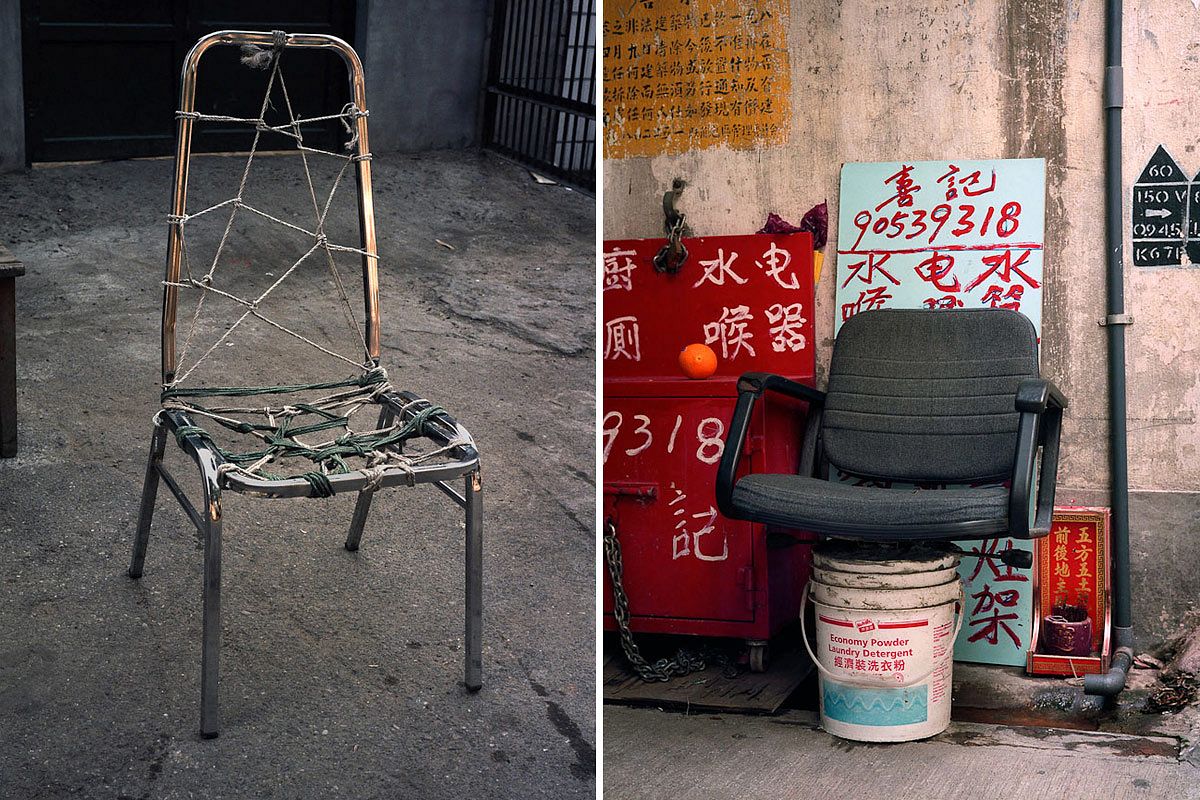An open drainage canal in Phnom Penh, known as the “shit canal” in English, remains a challenge for urban planners and landscape architects working to transform Cambodia’s capital into a more livable city.
According to CityLab, the canal, which stretches along Street 105, has no official name and is commonly known among locals as loo teuk sa-ouy – literally translated, "smelly water canal" – in Khmer. Its French name is far more flattering, however: le canal aux mille parfums, which means “the canal of a thousand fragrances”.
Moeun Sothear, a Cambodian living near the waterway, shared with CityLab that even though the odor was overwhelming at first, he has gotten used to it and successfully runs a nearby stall selling num banh xeo, thin, fried pancakes filled with vegetables.
“Although the water in the canal smells bad, we still have many customers because our food is delicious,” he told the news source. “Some customers pack the food [and take it] home if they cannot handle the smell, and for those who can, they eat here, so [the canal] does not affect our business.”
In fact, the proximity to the canal is an advantage for his family business: his rent is US$100 (VND2.3 million) per month, far less than for a smaller spot in other parts of town, and he earns US$600 (VND13.6 million) a month.
The canal was likely built sometime between 1943 and 1958, according to maps from the Paris Urbanism Agency, during an era of urbanization efforts in Phnom Penh which included the rapid expansion of a system of dikes, landfills and other canals. This infrastructure was initially built to elevate the city, improve its living conditions, and also segregate neighborhoods of Cambodian, Chinese, European and Vietnamese residents, according to CityLab. However the Shit Canal, and in fact the whole system, has failed to accommodate Phnom Penh’s unchecked development over time.
“For years, [sewage] was treated adequately by the lakes, but the wetland system doesn’t have the capacity to treat the water as adequately as in the past,” said Taber Hand, founder and director of Wetlands Work!, a Phnom Penh-based environmental organization.
Moving forward, Cambodia’s capital may revitalize the canal, but the project is likely to be accompanied by gentrification of the area to replace housing and businesses like Sothear’s with high-end apartment buildings or offices.
Take a look at Phnom Penh’s loo teuk sa-ouy below:
[Photo and video via CityLab]














